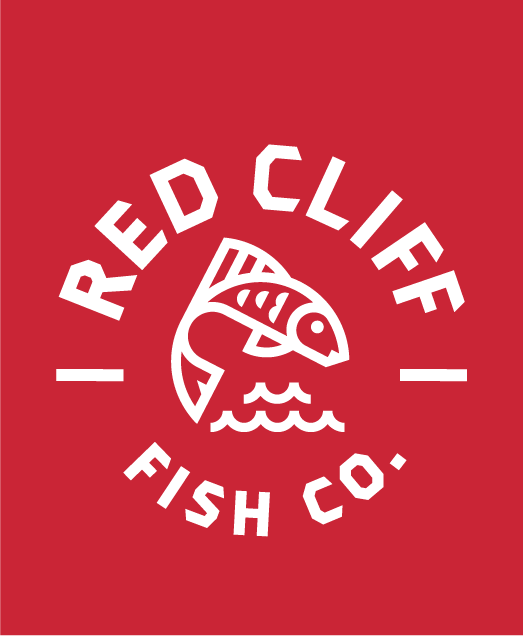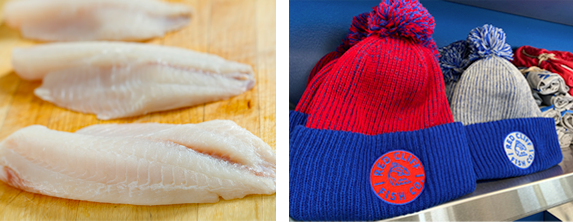To bring you the best freshwater fish available anywhere, our practices and procedures have to be worthy of the treasures Lake Superior surrenders. If we don’t honor that bounty at every stage of its journey to your plate, then we’ll have fallen short of our responsibility to you and to the lake that sustains our Tribal community. Neither the catch nor those who share in it deserve anything less. That’s why we view ourselves as more than fisherman, more than expert processors, packers and shippers. We’re guardians of the lake and stewards of the catch. And the proof of our commitment is in every bite you take.
To preserve the health of our ecosystem, Red Cliff Fish Co.’s whitefish and lake trout fisheries close from October 24 – November 28 during the spawning period.
Environmentally sound
Wild caught
You can’t farm fish like this. The only way to bring you Lake Superior whitefish, lake trout, lake herring and walleye is by catching them wild – in the ice-cold depths of America’s “inland sea,” where they thrive in an ecosystem unlike any other. To harvest fish of this quality, our Tribal fishermen set out before dawn, reaching their nets with enough time to wrest their catch, get it on ice, and return to shore while the fish remain in a state of pristine freshness.
Freshness is everything
Processed immediately
The moment the fish leave the lake, the clock starts ticking. Which is why we designed our new, state-of-the-art lakeshore facility for rapid processing, packing and shipping. Some buyers take their fish fresh, others prefer it flash frozen. All fish is traceable back to our fishermen, inspected and hand-cleaned before it goes into rigor. Fresh fish is minimally handled, packed on ice and shipped in eco-friendly packaging.
See Our StoryNo shortcuts
Safety inspected
We’re serious about health and cleanliness. Red Cliff Fish Company enthusiastically abides by all federal regulatory requirements governing food safety. As an FDA-registered Food Facility, we comply with all requirements outlined in CFR Title 21, Part 123, including following Good Manufacturing Practices and Seafood Hazard Analysis Critical Control Point (HACCP) procedures to ensure that the fish we provide to you is safe for consumption.


